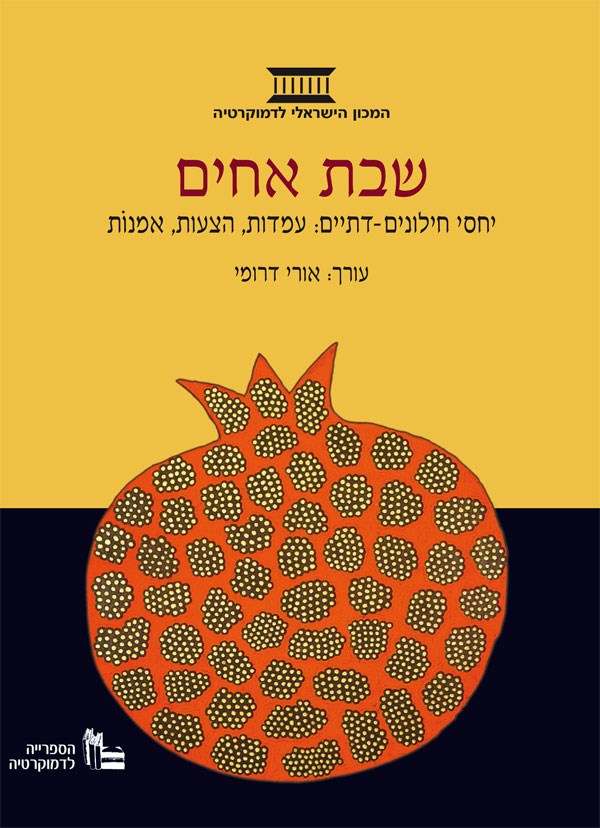Brethren Dwelling Together
Orthodoxy and Non-Orthodoxy in Israel – Positions, Propositions, and Accords
- Written By: Uri Dromi
- Publication Date:
- Cover Type: Hardcover
- Number Of Pages: 442 Pages
- Price: 95 NIS
A collection of articles on the historical evolution of the relations between Zionism and religion – and, subsequently, between religion and state. This volume reviews the principal attempts to reach consensual arrangements on issues of religion and state: the Meimad Alliance, the proposal of the Forum for National Agreement, the proposal of the Communal Kibbutzim-Movements Team, and the Kinneret Alliance.
This collection of articles places the Gavison-Medan Covenant, which was designed to improve the relationship between Orthodox and non-Orthodox Jews in Israel, in its historical context. It reviews the evolution of the relations between Zionism and religion – and, subsequently, between religion and state – and surveys the principal attempts to reach consensual arrangements on issues of religion and state. These include: the Meimad Alliance, the proposal of the Forum for National Agreement, the proposal of the Communal Kibbutzim-Movements Team, and the Kinneret Alliance.
Click here to find out about the main points and principals of the Gavison-Medan Covenant
In 2003, Professor Ruth Gavison and Rabbi Ya'acov Medan presented a written covenant that intended to clarify and improve the relationship between Orthodox and non-Orthodox Jews in Israel. This agreement was published by the Israel Democracy Institute and the Avi Chai Foundation. As an explanation to their proposal, Gavison and Medan wrote that "the best way to contend with fundamental differences is through a framework of action, agreed upon by different divisions of the Jewish public - a result of continuous dialogue. That way, consideration is given to the groups through a commitment to uphold each of their lifestyles and beliefs together with the ability of the different groups to work together towards common existential goals."
Brethren Dwelling Together places the Gavison-Medan Covenant in its historical context. The book begins with a discussion of the "cultural controversy" that marked the rift between Zionism and Jewish Orthodoxy during the early days of the Zionist movement. Next, the book presents visions on the Jewish nature of the future State by Rabbi Kook, Yitzhak Nissenboim, and Berl Katzenelson, along with the famous status quo from the early days of the State. The chapters that follow refer to the history of the relationship between religion and state, starting with David Ben-Gurion's conversation with the Hazon Ish and continuing with David Ben-Gurion's appeal to Israel's leading spiritual leaders regarding the question of "who is a Jew" and their replies.
Subsequently, in an attempt to find a solution to issues of religion and state, a discussion of ideas and proposals contemplated throughout the years is presented. These include: the Neeman Committee on conversion; the proposal of Pinchas Schiffman and the Association for Civil Rights in Israel on alternative marriage and divorce in Israel; and the document prepared by the Forum for National Agreement.
This collection also lists the main attempts to arrive at a mutual agreement on issues of religion and state that preceded the Gavison-Medan Covenant. These include the Meimad Agreement, the Forum for National Agreement, the Communal Kibbutzim-Movement's Team, and the Kinneret Agreement. The final article focuses on various agreements that were intended to settle the relationship between religious and non-orthodox Jews, arising from the political system's failure to arrive at any such consensus. Also included in this collection are proposals for legislation on issues of religion and state and the drafting of Yeshiva students into the army. The book concludes with coverage of a symposium held at the Israel Democracy Institute where Professor Gavison and Rabbi Medan presented the doctrine which led them to their unique accord.

